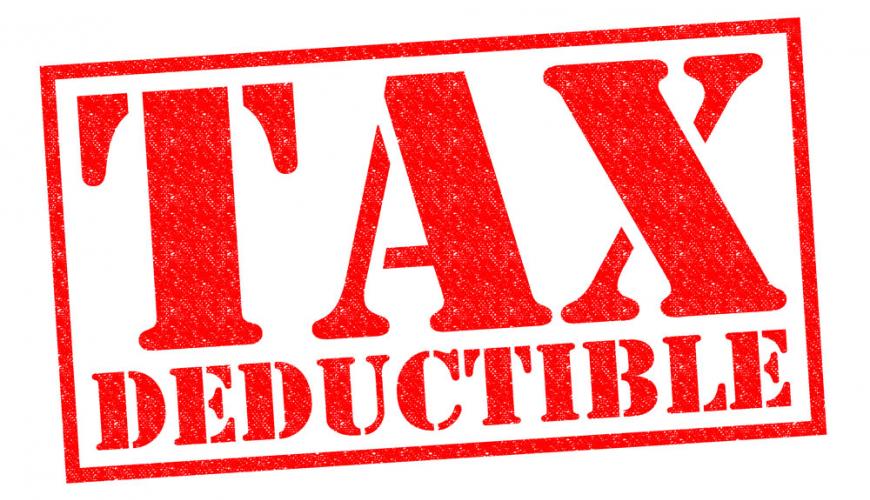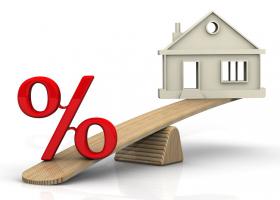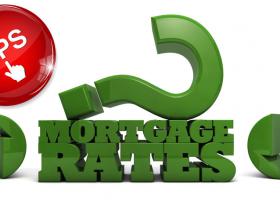Tax Deductions on Rental Property Income

When it comes to tax write offs for landlords, expenses that can be claimed are generally broken up into two categories: current expenses & capital expenses.
A current expense is one that generally reoccurs after a short period. For example, the cost of painting the exterior of a wooden property is a current expense. Rules for deducting current expenses are fairly straightforward; you subtract the amounts spent from your business's gross income in the year the expenses were incurred.
A capital expense generally gives a lasting benefit or advantage. For example, the cost of putting vinyl siding on the exterior walls of a wooden property is a capital expense, are treated as investments in your property. They must be deducted over a number of years, or capitalized. This, theoretically, allows the property to more clearly account for its profitability from year to year. The general rule is that if an item has a useful life of one year or longer, it must be capitalized.
Renovations and expenses that extend the useful life of your property or improve it beyond its original condition are usually capital expenses. However, an increase in a property's market value because of an expense is not a major factor in deciding whether the expense is capital or current. To decide whether an amount is a current expense or a capital expense, consider your answers to the questions in the following chart.
Criteria for determining if a capital expense or a current expense | ||
Criteria | Capital expenses | Current expenses |
The expense provide a lasting benefit. | Generally, they give a lasting benefit or advantage. For example, putting vinyl siding on the exterior walls of a wooden property | Generally, they reoccur after a short period of time. For example, painting the exterior of a wooden house. |
The expense maintain or improve the property. | Generally, they repair and improve a property beyond its original condition. For example, if you replace wooden steps with concrete steps | Generally, they restore a property to its original condition. For example, repairing wooden steps. |
The expense is for a part of the property. | Generally, they are new assets replacing existing assets that are within the property. For example, buying a compressor to use in your business operation. It applies because a compressor is a separate asset, not part of the building. | Generally, they repair a part of the building. For example, electrical wiring is part of a building. Any amount spent to rewire, as long as the rewiring does not improve the property beyond its original condition, can be claimed as a current expense. |
The value of the expense (Use this criteria only if you cannot determine whether an expense is capital or current based on the 3 previous criteria.) | Generally, they are of considerable value in relation to the value of the property | Generally, they are costs for ordinary maintenance that was not done when necessary. You can deduct these expenses as current expense. |
Deducting depreciation of the property against your income is useful in sheltering your cash flow, but the tax man will get his day when you sell the property and it comes time to figure out your capital gains.
The Normal Deductions on Rental Income
Here is a list of the other things you can deduct according to the Canada Revenue Agency:
- Your insurance on the property.
- Advertising that tries to attract people to your rental property.
- Several different fees from lawyers and mortgage brokers.
- The cost of office supplies (obviously this applies more to large scale landlords).
- Bookkeeping/accounting/tax preparation fees.
- The salary/wages of your property manager and any other people you employ to take care or provide services to the property (and labour/time you put in to the equation is not tax deductible however).
- Repairs to the property.
- Property taxes.
- The cost of providing utilities if you choose to pay for them on your rental agreement (making this an interesting perk to provide for clients).
Creating a Tax-Deductible Mortgage with Cash-Damming and a HELOC
The most interesting and creative tax write offs that I found associated with real estate had to do with the fact that any interest you pay in regards to investing in real estate is tax deductible. Obviously this is most easily applied to the interest you are paying on the properties’ mortgage (likely a fairly large amount in most Canadian markets today – especially the first several years you own the house!).
The lesser-known strategy is known as cash-damming using a home equity line of credit. The basic idea is that you tap into the equity you have in your home through a HELOC (A home equity line of credit) and use this money to pay for your expenses for the rental property. The money that you had budgeted for these expenses can be applied to pay down your principal residence’s mortgage. The idea is to convert an expense that is non-tax deductible (the mortgage on your principal residence) into a HELOC used entirely for business purposes – which is tax deductible.
Rental Expenses That Are Not Tax Deductible
- The principal you’re paying on the mortgage.
- Land transfer taxes when you first purchase the property.
- Penalties incurred on your notice of assessment.
- Any personal labour you put into the game.
Depreciation of the Rental Property
Depreciable properties are those that have been worn out from use over the years. You can take the CCA (Capital Cost Allowance) for depreciable rental property. This means you can write off the capital cost of the property including the purchase price, legal fees associated with the purchase of the property and cost of equipment and furniture that comes with renting a building. Any depreciation taken may have to be included back into income after a sale is made.
Figure Depreciable Rate by Class
For tax purposes, depreciable properties are grouped into various classes. To figure the CCA amount you can claim, you must first determine the rate that applies to the class. For example, a 4-percent deduction rate applies to depreciable property in class 1, which includes most buildings obtained after 1987. The same type of property can belong to a different class, so check each class carefully before categorizing. For example, most buildings acquired prior to 1988 belong to class 3 or 6. The complete list of depreciable property classes is posted on CRA's website.
There are pros and cons to taking CCA. On the upside, the allowance lowers your taxable income, which ultimately reduces your tax liability. On the downside, when you sell the property all prior CCA claims are recaptured and treated as taxable income, which increases your tax liability.











